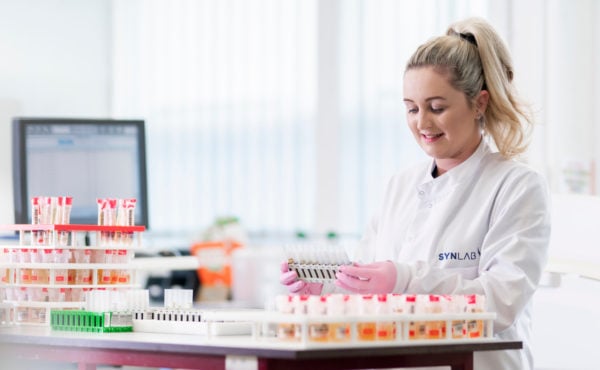Commonly Abused Drugs
Amphetamines
Is a psychostimulant drug which produces increased wakefulness and focus in association with decreased fatigue and appetite. The street name for amphetamine is speed. Amphetamine can either be ingested or injected. The effects of amphetamine can last for up to 6 hours and are generally followed by a long, slow comedown. Amphetamine is a class B drug and is highly addictive.
Barbiturates
Barbituratesare derived from barbituric acid and act as central nervous system depressants. Barbiturates are intoxicating and produce similar effects to ethanol intoxication, including lower blood pressure, fatigue, fever, irritability and confusion. Recreational users report that a barbiturate high gives them feelings of relaxed contentment and euphoria. The main risks of barbiturate abuse are respiratory depression and respiratory arrest, which may lead to death.
Buprenorphine
A semi-synthetic opioid that is used to control pain and in the treatment of opioid addiction. Buprenorphine is used recreationally, typically by opioid users, as it is reported to provide a euphoric rush similar to other opioids. Common reactions associated with buprenorphine use are similar to those of other opioids and include nausea, vomiting, drowsiness, dizziness,headaches, perspiration, itchiness and dry mouth. Buprenorphine is a class C drug in the UK.
Cocaine
Cocaine is a stimulant with powerful, short-lived effects that temporarily speeds up the body. ‘Freebase’ and ‘crack’ are smoked, while cocaine powder is snorted. Cocaine makes users feel awake and confident, but raises body temperature, making the heart beat faster. A Class A drug, Cocaine is very addictive, potentially leading to difficult to resist cravings and strong psychological dependence.
Methadone
Is a synthetic opioid that is manufactured primarily for use as an opiate substitute in the treatment of heroin addiction but it may also be used in managing severe chronic pain. The effects of methadone mirror the effects of heroin and other opiates as it depresses the nervous system, slows bodily functioning and reduces physical and psychological pain. Methadone is a class A drug, making it illegal to have, give away or sell.
Methamphetamines
Commonly referred to as crystal meth, is a stimulant drug that acts on the brain and nervous system. The commonest methamphetamine in the UK is MDMA or Ecstasy. Ecstasy increases alertness and energy and in high doses can induce euphoria and increase libido. Methamphetamine also causes hallucination, obsessive behaviors, paranoia, insomnia, palpitations and tremors.
Benzodiazepines
A psychotropic drug which is commonly used as a sedative. Temazepam, Xanax and Diazepam are commonly prescribed forms of benzodiazepines and are used as sleeping tablets. Some benzodiazepines cause memory-loss while withdrawal can cause headaches, nausea, anxiety and confusion. Benzodiazepines are class C drugs and illegal to possess without prescription.
Cannabis
The most widely used illegal drug in Britain, can act as both a sedative and a hallucinogen. Taking cannabis can make the user become anxious, panicky, suspicious or paranoid. Cannabis also has an adverse affect on the user’s coordination, which is one of the reasons why drug driving is just as illegal as drink driving.
Ketamine
Is a short acting, powerful anaesthetic which depresses the nervous system causing temporary loss of body sensation. Ketamine may cause perceptual changes, hallucinations, increased heart rate, slurred speech, and nausea. Sold in either powder or liquid form, ketamine can lead to bladder disease, increased urinary frequency and ultimately bladder failure. Ketamine is a class C drug and is illegal to possess or supply.
Opiates
Opiates are alkaloids found naturally in the opium poppy plant. These alkaloids include codeine and morphine, which is used to create heroin. Opiates are used medicinally to dull pain but are highly addictive causing nausea, vomiting and drowsiness amongst other things. Heroin is even more dangerous when mixed with alcohol or other drugs as this increases the risk of overdose. Heroin is a class A drug.
The full list of drugs that we test for can be found in our technical specification manual. Contact us now for further information on the drug tests we provide.




